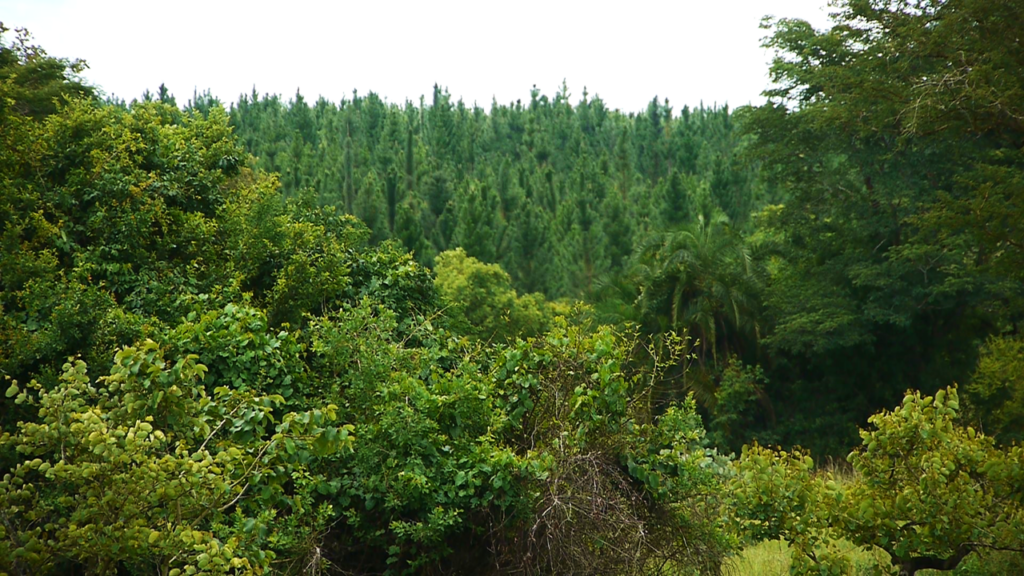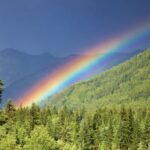The list of co-benefits associated with forest investments in the tropics continue to advance in their recognition. Climate benefits are the first to come to mind, delivering on both climate change mitigation and adaptation. Biodiversity can also be a significant ecosystem benefit in commercial forestry if it is managed for explicitly. Read more to learn how your forest investments in the tropics can generate positive biodiversity impacts.
Contemporary biodiversity concerns and parallels to the climate agenda
Though biodiversity has long been on the global forest agenda, it has mostly been in the hands of siloed government agencies, NGOs and research institutes, but like the climate agenda, it is coming into its own as mainstream. Parallels in biodiversity loss are being linked to complex and untransparent supply chains and deforestation, origins of the COVID-19 pandemic and other zoonotic viruses, and high-intensity monoculture agriculture and forestry.
The climate agenda has steadily been making its way into the sphere of the private sector. This is showing up under forums, such as the Net-Zero Asset Owner Alliance, a UN convened group of several international asset owners, worth $5.5 trillion AUM, committing to transition investment portfolios to net-zero GHG emissions by 2050. Massive corporations are signing up to the Science-Based Targets Initiative, an approach for companies to reduce GHG emissions in line with the latest climate science and Paris Agreement goals. The Task Force on Climate-Related Financial Disclosures is bringing climate risk into fiduciary reporting, and in some jurisdictions, like New Zealand, it is now a legal requirement for the financial sector to disclose climate-related risks. What these private sector climate initiatives and regulations mean, is that now more than ever, capital flow into climate positive investments, such as sustainable forestry and agriculture are in high demand.
The biodiversity agenda is following a similar path. To support the flow of capital away from outcomes such as biodiversity-loss, the Task Force on Nature-Related Financial Disclosures, which is still under development, will provide a framework for corporates and the financial sector to assess and manage their impact on nature and redirect funds towards nature-positive outcomes. Additionally, the recent EU Sustainability Taxonomy, establishes six environmental objectives for invested activities. Of course, climate change mitigation and adaptation are at the top of the list, but the protection and restoration of biodiversity and ecosystems is also present. And like the Net-Zero Asset Owner Alliance, toward the end of 2020, the Finance for Biodiversity initiative was launched, where 37 financial institutions, with €4.8 trillion AUM have signed a pledge, committing to finance activities and investments that reverse nature loss and ensure ecosystem resilience.
Now investors are tasked with sourcing opportunities that are both climate positive and, shall we say, biodiversity positive. Though investments into renewable energy and improved energy efficiency are important for an investor’s carbon balance sheet, they don’t deliver biodiversity benefits. Forest investment on the other hand, can deliver on both fronts.
Achieving a middle ground for biodiversity and commercial forest objectives
At risk of stating the obvious, there is a difference between biodiversity in a natural forest ecosystem, and biodiversity in a commercial production forest plantation. When we associate biodiversity with natural tropical forests, visions of Jaguars in the Amazon, Gorillas in the Congo, or Orangutans in Borneo come to mind. In these biodiversity hotspots where ecosystems are intact, the number of species of flora and fauna are certain to blow the mind of this Canadian forester. On the other end of the forest scale, plantation forests are often criticized as being green deserts, devoid of biodiversity, where as little as a single tree species is planted row upon row for as far as the eye can see.
There is a middle ground, it is possible to maintain both high levels of biodiversity, while at the same time meeting a rising wood demand.
Here I would like to make the argument for commercial plantation forestry that is also good for biodiversity.
Picture a rural East African landscape, severely degraded due to slash and burn agriculture and fuel wood harvesting, biodiversity is extremely low. Now imagine a sustainably managed forest plantation established on this area. The commercial tree species have been selected for their growth potential, their suitability to the local environment, and their known market value. Only the plantation is not a green desert, it is woven into the landscape, with conservation corridors of natural forest, purposefully set aside to protect special ecosystems like wetlands and streams.
I have walked through these forests and have seen (and heard) the abundance of flora and fauna inhabiting them. I have also read the independent biodiversity reports, where detailed studies show that there is more biodiversity in these mosaic forests than in the adjacent degraded land.

Investor approaches for ensuring biodiversity management
If you are an investor with a mandate to invest in forestry in tropical geographies, attracted to market growth projections, rapid biological growth rates, and impact potential, you need to be sure that your investment is not a green desert. Planting thousands of hectares of single species plantations is risky on many fronts. When considering biodiversity alone, the risk of a catastrophic pest or disease outbreak is greater, if said pest has a particular liking for the species you have planted. Fire risk is magnified, when you have a single species, even-age structured canopy, making a perfect environment for rapid fire spread. Climate change is also inevitable – so managing for a variety of species can also be an insurance policy of sorts, where the diverse forest landscape you are managing is better able to adapt to the changing climate. Furthermore, adjacent to your forest, you likely have agricultural crop production, relying on water availability and certain native ecosystems to support pollination and soil enrichment. In all these examples, you are better able to secure the value of your investment if you proactively manage for biodiversity.
So how does an investor ensure that biodiversity is adequately addressed in a tropical forest investment? A common approach is to ensure that your investment is certified for sustainable forest management, such as through the Forest Stewardship Council (FSC) standard. Where among others, forest managers are required to meet several biodiversity requirements; including compulsory set aside areas to manage for conservation values. More recently, FSC has developed the Ecosystem Services Procedure and an associated guide, providing a step-by-step process allowing forest owners and managers to quantify, manage and even market ecosystem benefits, such as biodiversity.
Beyond certification, or in tandem with it, investors need to be both asking their managers the right questions and setting the appropriate standards to ensure that biodiversity protection or enhancement measures are in place. A sample of questions to ask, both in the due diligence phase of assessing an opportunity, and ongoing into the holding period of the investment are listed below. These questions can also inspire requirements you might want to set for your investee.
- How does the company manage biodiversity and/or conservation (ie. policy, team, management plan, and/or monitoring, reporting, and verification system)?
- How does the company demarcate and manage conservation areas? Is there consideration for configuration (large parcels, riparians, biological corridors, wildlife trees, etc.)?
- Does the company restore degraded areas in the plantations, the conservation areas, and/or the wider landscape by planting native tree species or taking other measures? Explain.
- Are there measures in place to secure sustainable levels of fishing, hunting, grazing and collection? Explain.
Achieve biodiversity and commercial objectives in your mandate
Managing for biodiversity objectives alongside commercial objectives is possible (and advised) in a tropical forest investment, creating a win-win for economic, social and environmental benefits. However, selecting and maintaining such an investment that upholds these multiple benefits requires careful initial consideration as well as ongoing oversight. If you are an investor requiring support to incorporate biodiversity objectives into your tropical forest investment mandate, don’t hesitate to reach out, so we can ensure your economic and impact objectives are realized.




